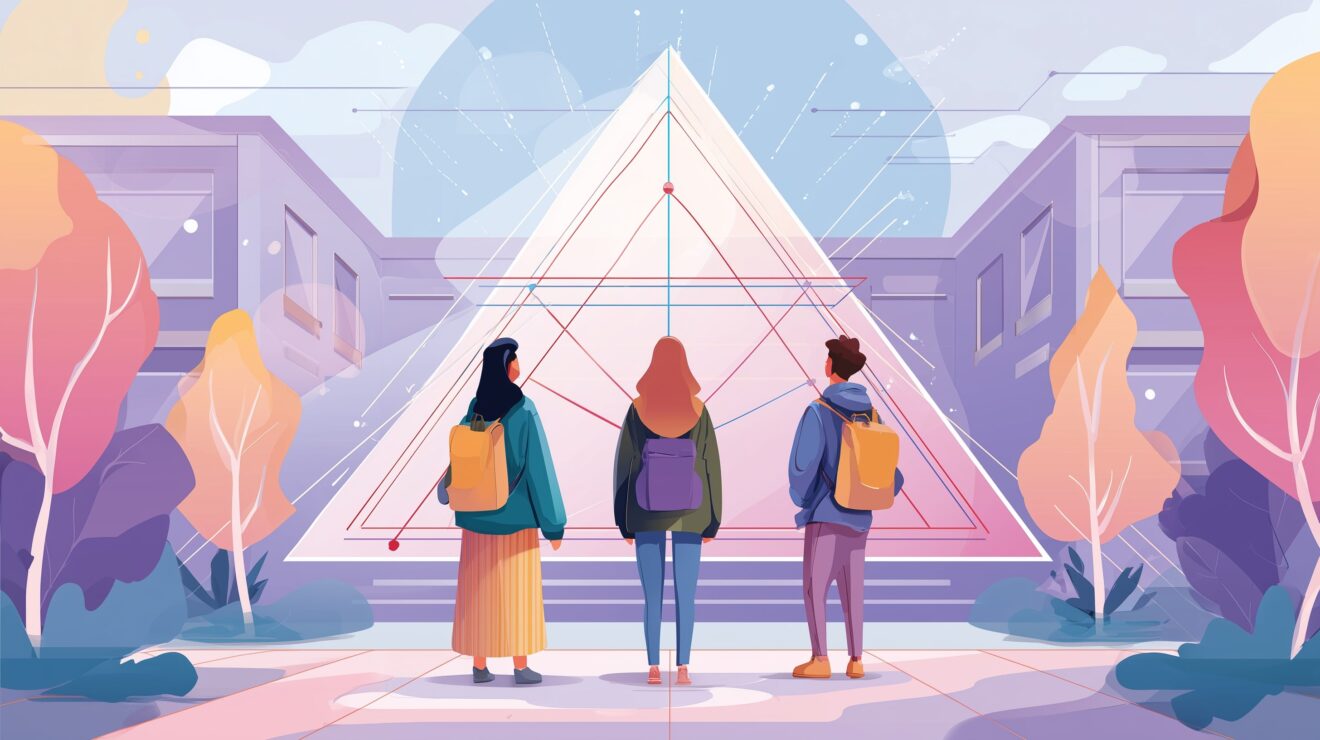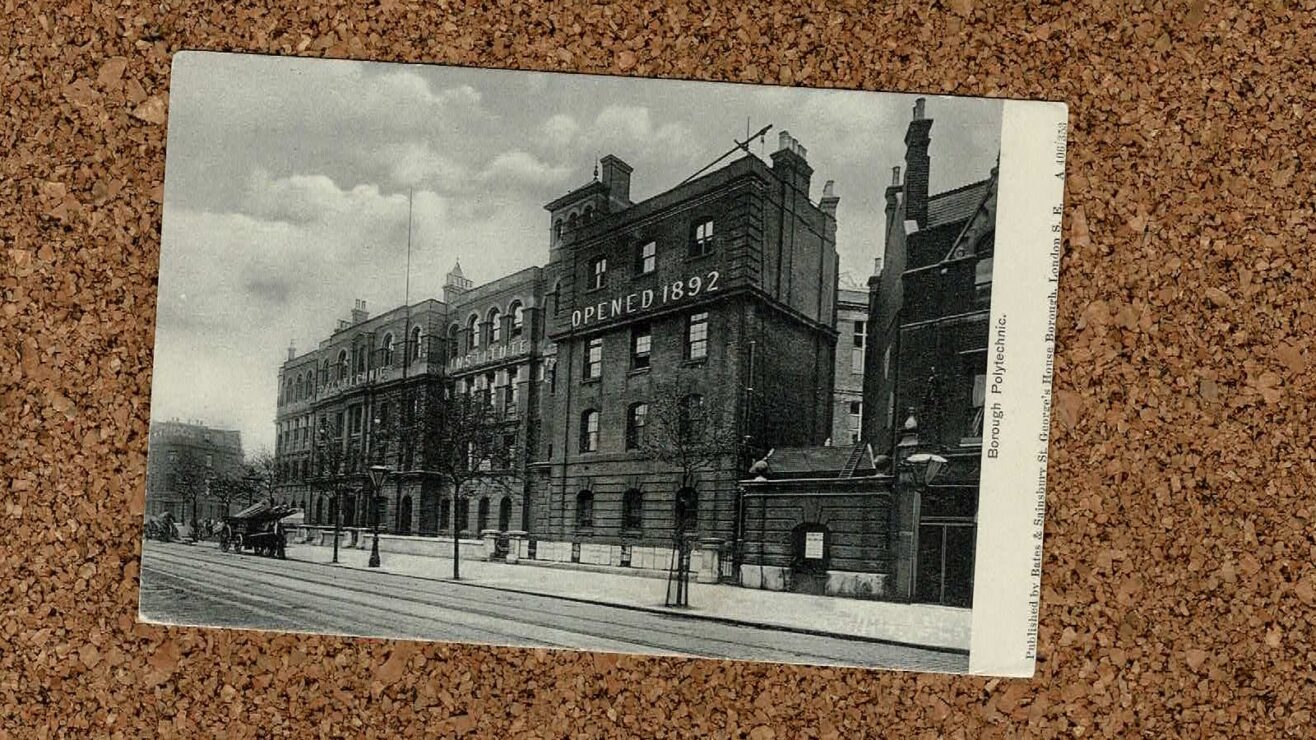A sector of national importance, easily misunderstood by the general public and shoved in contradictory directions by policy makers. Jobs characterised by casualisation and precarity. A disconnected, leadership of entrenched privilege. A supposed meritocracy of ideas and intellect.
Are we talking about the creative industries here, or are we talking about higher education? Both have enjoyed booming, recession-proof, bottom lines: ”Creative Industries: Worth over £100bn”, “Universities UK: Generating over £73bn of output”. So what’s the problem?
Two for the price of one
For a long time, national cultural policy has struggled to address activities and audiences outside of white, middle-class and (crucially) university-educated norms. University education alone is not the great leveller we hoped for. With one foot in the creative industries and one in the academy, the structural issues and personal grievances voiced across each, sound strikingly similar to me.
The publication of “Panic! Social Class, Taste and Inequalities in the Creative Industries” was accompanied by stark headlines: “Where are all the working-class people?”. We’ve had an APPG inquiry into the decline of social mobility in the creative industries and a new APPG group for Creative Diversity. University workers can just as easily find headlines like: “Working-class lecturers should come out of the closet”.
One particular finding from ‘Panic!’ that caught my attention, was where creative industry workers were asked about their friends and families’ jobs. The most common answer, above Artist, Graphic Designer and Actor, was: Lecturer.
No surprise? Academics in creative subjects often continue to practice, especially part timers or technicians. Most common might not necessarily mean most influential. Other professions and industrial sectors also have close relations with universities, but creative subjects demonstrably tout their industry connections in attracting students, there are so few clear routes to progression otherwise. The importance placed on ‘cultural fit’ is high in any job, likely much more so for creative jobs, even though it’s an obfuscating, slightly mercenary term that isn’t even good business sense.
Creative lecturers are everywhere
Do universities employ creative workers? A significant change to DCMS definitions came in 2013, following the NESTA report ”A dynamic mapping of the UK’s creative industries”. Standard Occupation Codes (SOC) were assigned a rating of creative intensity, and “Teaching and Research Professionals” were the occupations closest to being defined as officially creative while falling below the bar. Regardless, the day to day work of academics in creative subjects will not be totally alien to those in industry, whether this is in, for example, 71.11: “Architectural activities” or 90.02: “Support activities to performing arts”. Academics in any faculty will recognise similarities to 3412: “Authors, writers and translators” or 2452: “Archivists and curators”. Universities also employ: 1134: “Advertising and public relations directors”, 1135: “IT business analysts” and 2451: “Librarians”. All of which are creative occupations.
What about class? In 1998, referring to new NS-SEC definitions of social class, Times Higher Education reported that “University and college lecturers retained their place at the top of the tree” alongside doctors, teachers, librarians, social workers and the clergy. The NS-SEC today places “Higher Education Teaching Professionals” in 3.1: “Higher professional traditional employees”, while “Artists, authors and musicians” are found in 4.3: “Lower professional traditional self-employed”. Managerial responsibilities and being in a larger organisation would lead to either of these moving to higher categories, but it’s fair to say that both are broadly thought of as (upper/lower) middle class occupations.
It is clear that both sectors have creative jobs and an important role in social mobility, both for their workers and target audiences; students, and audiences. Hopefully there are some grounds for greater understanding and solidarity here, as opposed to reinforcing the same wider dynamics. As the economy is increasingly expected to be staffed with creative or knowledge workers; should we hope or fear that this what all jobs will look like in the future?













